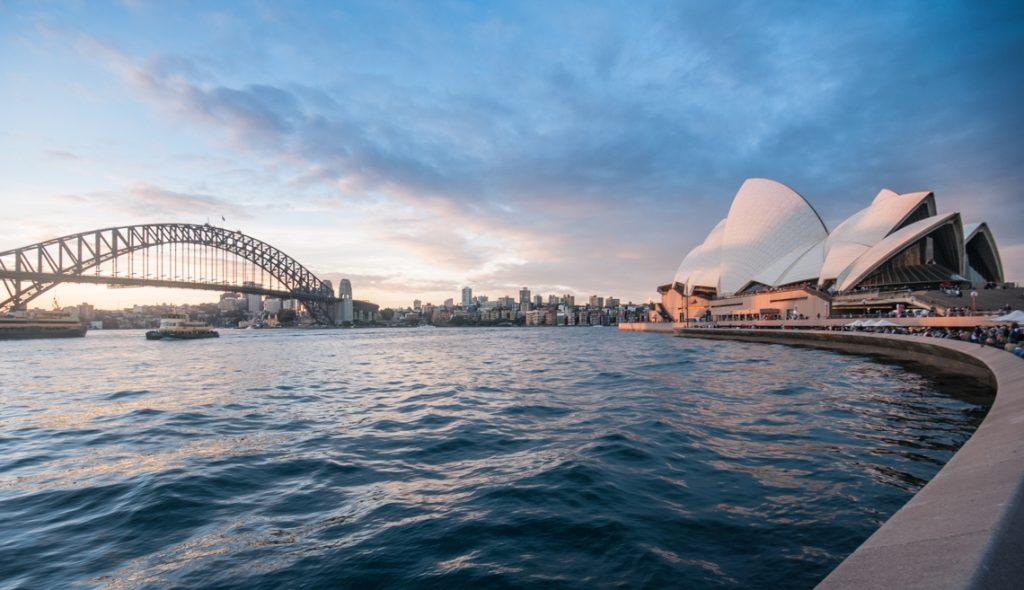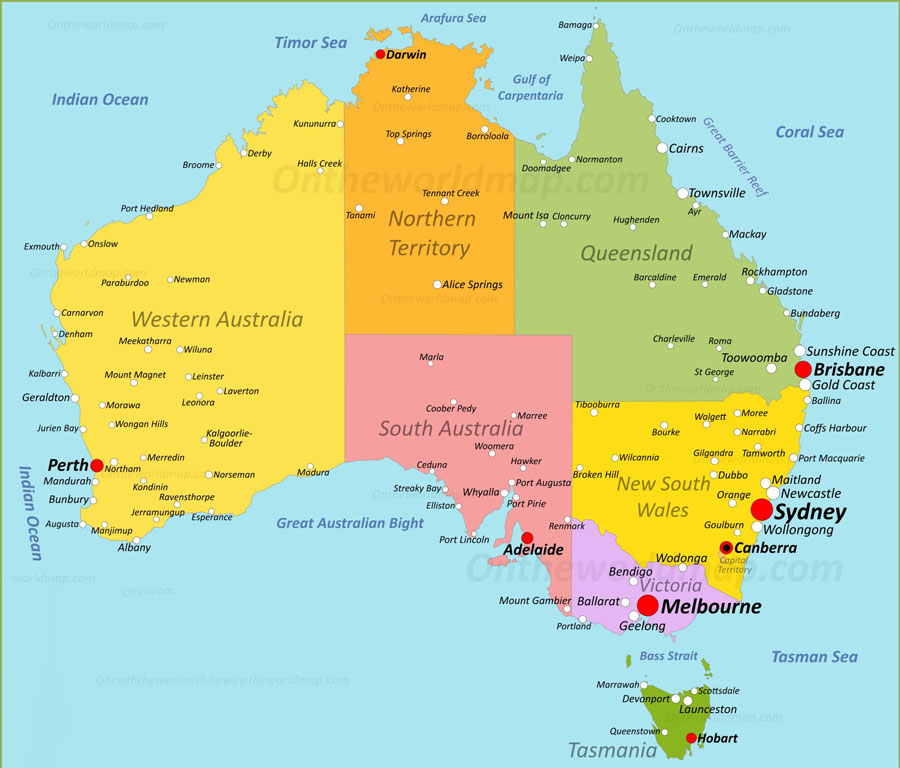
Five points about Australia
- Australia is a popular study destination for many reasons, a strong academic reputation and good employment opportunities. To help cover cost of living in Australia, international students on a student visa are allowed to work up to 40 hours during term time and during breaks between classes, you are allowed to work as much as possible.
- In the Australian culture, there are many phrases or “Aussie slang” that you may want to learn before you head to land down under. People often greet each other by saying “G’day” and often abbreviate words and add “o” or “y” at the end – for example, “defo” means “definitely”.
- Employment rates in Australia are comparable to other industrialized countries. Seventy-two percent of people between the ages of 15 and 64 job. The unemployment rate is low at five percent.
- In terms of wealth, Australia has the second highest median wealth in the world. The average wealth per adult is approximately $411,060. Reports state that the number of millionaires will increase by 41 percent over the next five years to 1.8 million people. Less than 6 percent of the population has an average net worth below $10,000
- Australia sets the standard for excellence in education internationally. The education sector is based on a network of world-leading education providers, premium facilities, outstanding lecturers and student support services and ranked 8th best education system.
Location and Geography

Australia, is a sovereign country comprising the mainland of the Australian continent, the island of Tasmania and numerous smaller Islands with an area of 7,617,930 km2. Australia is the largest country by area in Oceania and the world’s 6th largest country. Australia is the oldest, flattest and driest inhabited continent, with the least fertile soils.
It is a megadiverse country, and its size gives it a wide variety of landscapes and climates, with deserts in the centre, tropical rainforests in the north-east, and mountain ranges in the south-east. Politically, Australia is a federal parliamentary constitutional monarchy, comprising six states and ten territories. Australia’s population of nearly 26 million is highly urbanised and heavily concentrated on the eastern seaboard. Canberra is the nation’s capital, while its most populous city and financial centre is Sydney.
Economy of Australia
Australia’s high-income mixed-market economy is rich in natural resources. Australia’s energy sources are coal (58.4%), hydropower (19.1%), natural gas (13.5%), liquid/gas fossil fuel-switching plants (5.4%), oil (2.9%), and other renewable resources like wind power, solar energy, and bioenergy. A recent study shows that the Australian tech sector combined contributes $167 billion a year to the economy and employs 861,000 people.
Living Conditions and Cost of Living
The current cost of living in Australia is roughly $3,766 per month for a single, because the cost of living varies so much around the country, it’s a little difficult to pinpoint exact prices. For example, the Department of Home Affairs requires international students to demonstrate they can cover living costs of at least $21,041 per year (or $1,754 per month), not including any tuition fees or payments.
Education System
Structure:School education is similar across all of Australia with only minor variations between states and territories. School education (primary and secondary) is compulsory between the ages of six and sixteen (Year 1 to Year 9 or 10). School education is 13 years and Primary runs for seven or eight years, starting at Kindergarten/Preparatory through to Year 6 or 7, then secondary runs for three or four years, from Years 7 to 10 or 8 to 10 and senior secondary runs for two years, Years 11 and 12. Tertiary education includes both higher education (including universities) and vocational education and training (VET). English is the official language of Australia and the main language of instruction in the education system.
Information Specific to International Students
Australia is a popular study destination for many reasons – great universities, a strong academic reputation and good employment opportunities. All international students will need to apply for a student visa called the subclass 500 if they wish to study in Australia. The only exception is for research-driven postgraduate students. The visa lasts for up to five years in line with your university programme and will cost A$630. International students must obtain Overseas Student Health Cover (OSHC) before they can apply for their student visa. This cover must be active at least one week before your course begins and must remain active throughout your time in Australia.
